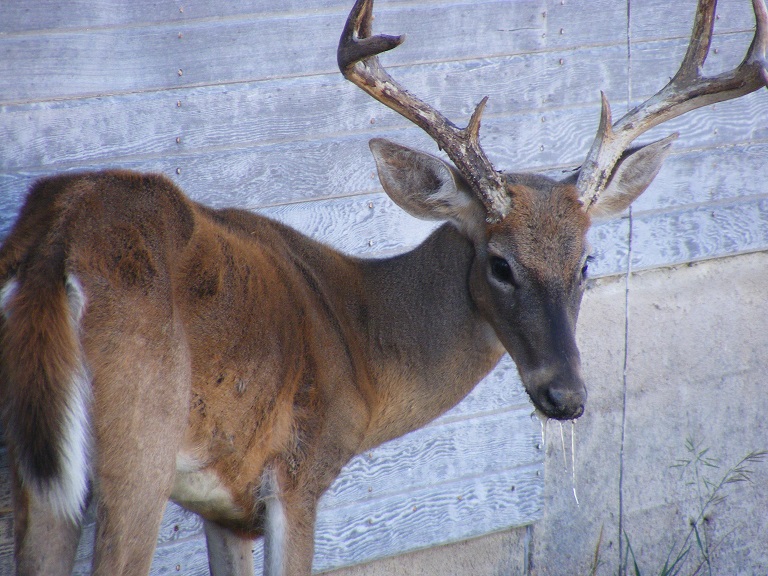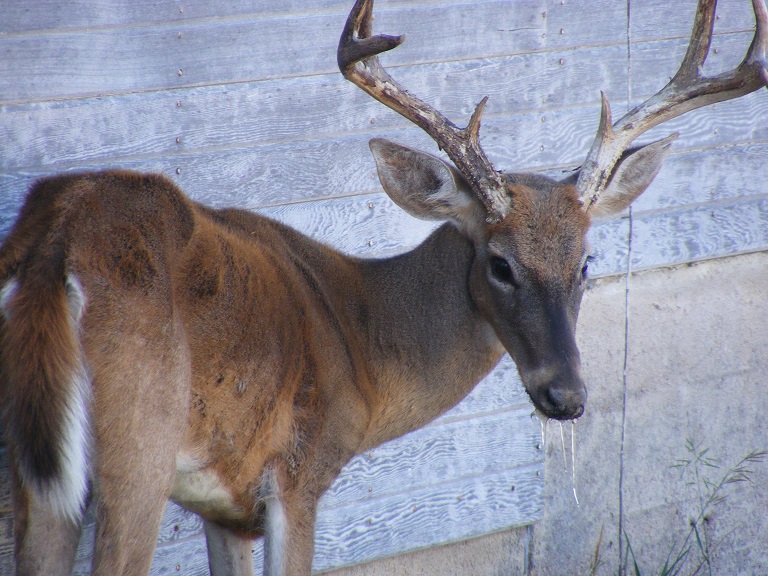CWD Containment
Friday, May 18th, 2018This is Passport to Texas
During its March meeting, the Texas Parks and Wildlife Commissioners expanded the state’s chronic wasting disease (CWD) Panhandle Containment Zone. This action followed the discovery of CWD earlier this year in a roadkill white-tailed deer.
Texas Parks and Wildlife’s wildlife veterinarian, Dr. Bob Dittmar says: “The state’s wildlife disease management response… focuses on an early detection and containment strategy… designed to limit the spread of CWD from the affected area… and better understand the distribution and prevalence of the disease.”
The test positive roadkill was among more than 10-thousand deer, elk and other susceptible exotic game animal samples…collected from a variety of sources by Texas Parks and Wildlife Department personnel… for CWD testing during the 2017-18 collection year.
Of the samples, more than 2-thousand came from roadkill. The rest were obtained through mandatory and voluntary hunter harvest submissions.
Since 2012 when the state first discovered the disease among mule deer, Texas has recorded 100 confirmed cases of CWD.
Details about each CWD detection in Texas are available on Texas Parks and Wildlife web site.
The Wildlife Restoration program supports our series.
For Texas Parks and Wildlife…I’m Cecilia Nasti.





 Passport to Texas is a
Passport to Texas is a  Passport to Texas is made available by:
Passport to Texas is made available by: